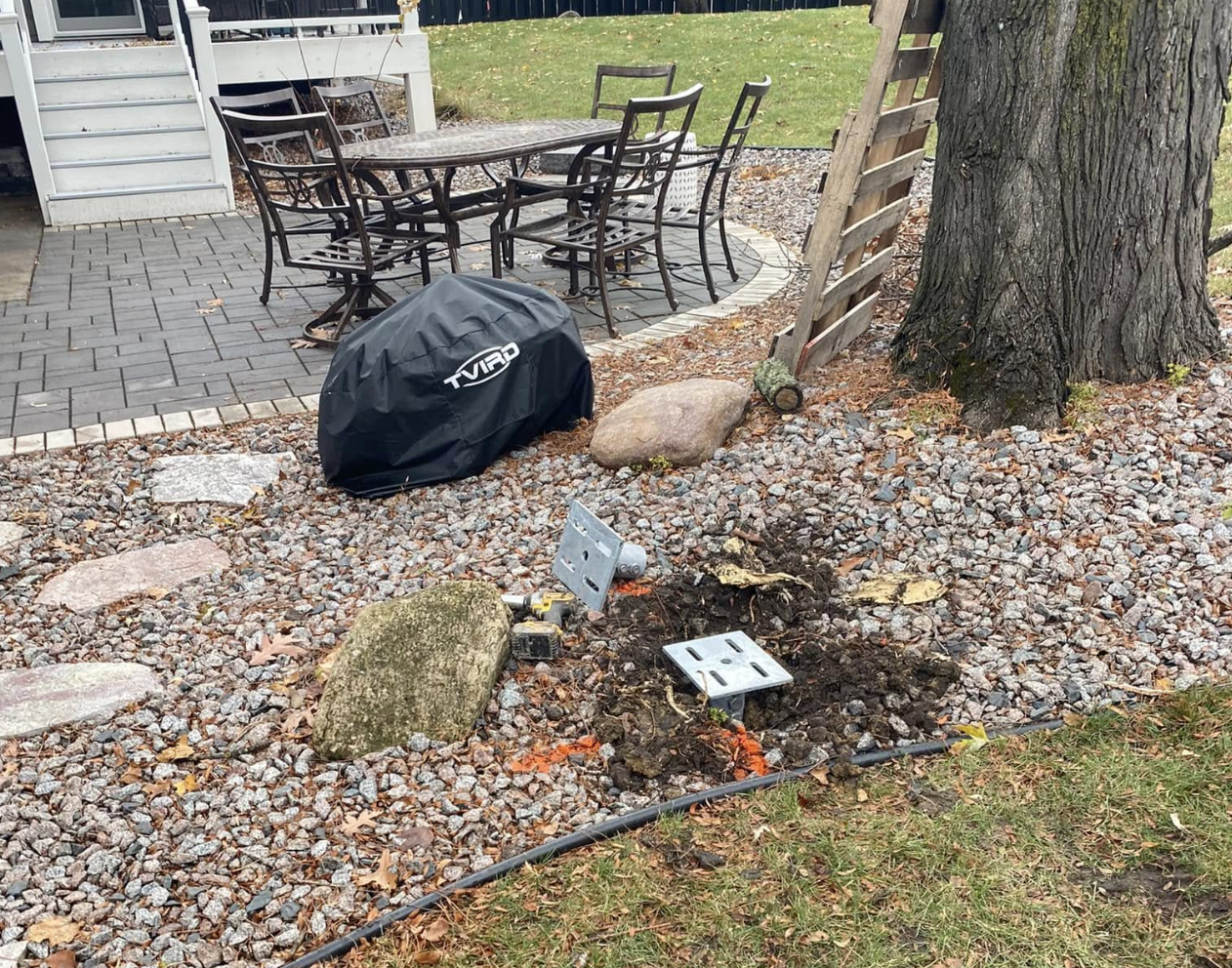
Table Of Contents
Weather Conditions
Weather conditions can significantly impact the installation timelines for helical piles. Adverse weather, such as heavy rain, snow, or extreme temperatures, can lead to delays. Softening ground from moisture or frost can make it challenging for helical piles contractors to achieve the required depth and stability. Additionally, high winds can restrict outdoor work and compromise safety on the job site.
Ideal weather for installation is typically dry and moderate, allowing helical piles contractors to work efficiently. During busy seasons, such as spring and summer, crews might face scheduling challenges due to high demand. Conversely, fall and winter may pose difficulties, especially in regions with early snowfall or freezing conditions. Such seasonal variations underscore the importance of monitoring weather forecasts to maximize operational efficiency.
Seasonal Impacts on Timelines
Seasonal weather conditions can significantly influence the timeline for installing helical piles. For instance, winter weather often brings snow and frost, which can hinder ground accessibility and affect the installation process. Conversely, rainy seasons might lead to excessive water levels in the soil, making it slippery and unstable. Helical piles contractors must adapt their schedules according to these seasonal variations, ensuring they are prepared for potential delays.
Moreover, the spring and summer months typically present the most favorable conditions for helical pile installation. With more predictable weather patterns and dry soil, contractors can complete projects more efficiently. However, the increased demand for construction services during these periods may lead to scheduling conflicts and longer wait times for contractors. Therefore, project planning should take these seasonal fluctuations into consideration to maintain realistic timelines.
Soil Type and Stability
The type of soil plays a critical role in determining the installation timeline for helical piles. Different soil compositions present unique challenges. Rocky soil may require specialized equipment to penetrate, while loose soils might necessitate additional reinforcement. Helical Piles Contractors familiar with the regional geology can assess soil conditions effectively, helping to streamline the process.
Soil stability is another factor influencing how quickly helical piles can be installed. If the ground is prone to shifting or has high groundwater levels, extra precautions may be necessary. In such cases, helical piles serve as an effective solution, providing a stable foundation. Experienced Helical Piles Contractors will evaluate these factors before starting a project, ensuring that installation proceeds as efficiently as possible.
Influence on Installation Duration
Soil type significantly affects the installation duration of helical piles. Different soils, such as clay, sand, or rock, require distinct approaches for effective installation. Clay soils might slow down progress due to their density and compaction, while sandy soils can allow for faster installations if they are stable. Rocky terrains present unique challenges, often necessitating the use of specialized equipment that could extend the project timeline. Helical Piles Contractors must carefully assess the soil conditions prior to beginning work to anticipate any potential delays.
The stability of the soil also plays a critical role in determining how long the installation process will take. Unstable or loose soil can hinder the operation, as contractors may need to employ additional measures to ensure proper anchoring of the helical piles. This not only adds time to the installation but may also require further inspections to guarantee safety and compliance. Helical Piles Contractors should be prepared for contingencies related to these factors, which can vary significantly from one site to another.
Permitting and Inspection Delays
Navigating the permitting and inspection process can significantly affect the timeline for installing helical piles. Local regulations often necessitate obtaining specific permits before work can begin. These requirements vary by location, which can lead to delays in project initiation. Helical piles contractors must ensure that all documentation is in order to avoid complications that could prolong the timeline.
Inspections by local authorities are often part of the process and can introduce additional waiting periods. These inspections are designed to ensure compliance with safety and construction standards. Helical piles contractors frequently work closely with inspectors to address any issues that arise during this phase. Overall, the combination of permitting requirements and inspection schedules can create a bottleneck, impacting the efficiency of the installation process.
Administrative Factors
Administrative factors can significantly impact the installation timeline of helical piles. Permitting requirements often vary by location, and obtaining the necessary approvals might involve multiple agencies. Each agency may have its own review process, lengthening the timeline. This can be particularly challenging if plans require modifications based on feedback or if additional documentation is needed to meet local regulations.
Helical Piles Contractors frequently face delays due to scheduling conflicts with inspectors or other related services. Coordination between contractors and various stakeholders is crucial. Miscommunication or delays in scheduling inspections can further extend the installation period. Addressing these administrative hurdles upfront can streamline the process and minimize potential setbacks.
FAQS
What factors influence the installation time of helical piles?
Several factors can influence the installation time of helical piles, including weather conditions, soil type and stability, and any permitting or inspection delays that may occur during the process.
How do weather conditions affect the installation of helical piles?
Weather conditions can significantly impact the installation timeline. Adverse weather such as rain, snow, or extreme temperatures can delay the work, while favorable weather can expedite the process.
Why is soil type important in determining installation duration?
The type and stability of the soil directly influence how quickly helical piles can be installed. Rocky or unstable soils may require more time for installation compared to soft, stable soils.
What are permitting and inspection delays?
Permitting and inspection delays refer to the time needed to obtain necessary approvals and inspections from local authorities, which can cause holdups in the installation process of helical piles.
Can the installation of helical piles be done year-round?
While helical pile installation can be done year-round, the efficiency and speed of the process may vary depending on seasonal weather conditions and the specific site circumstances.